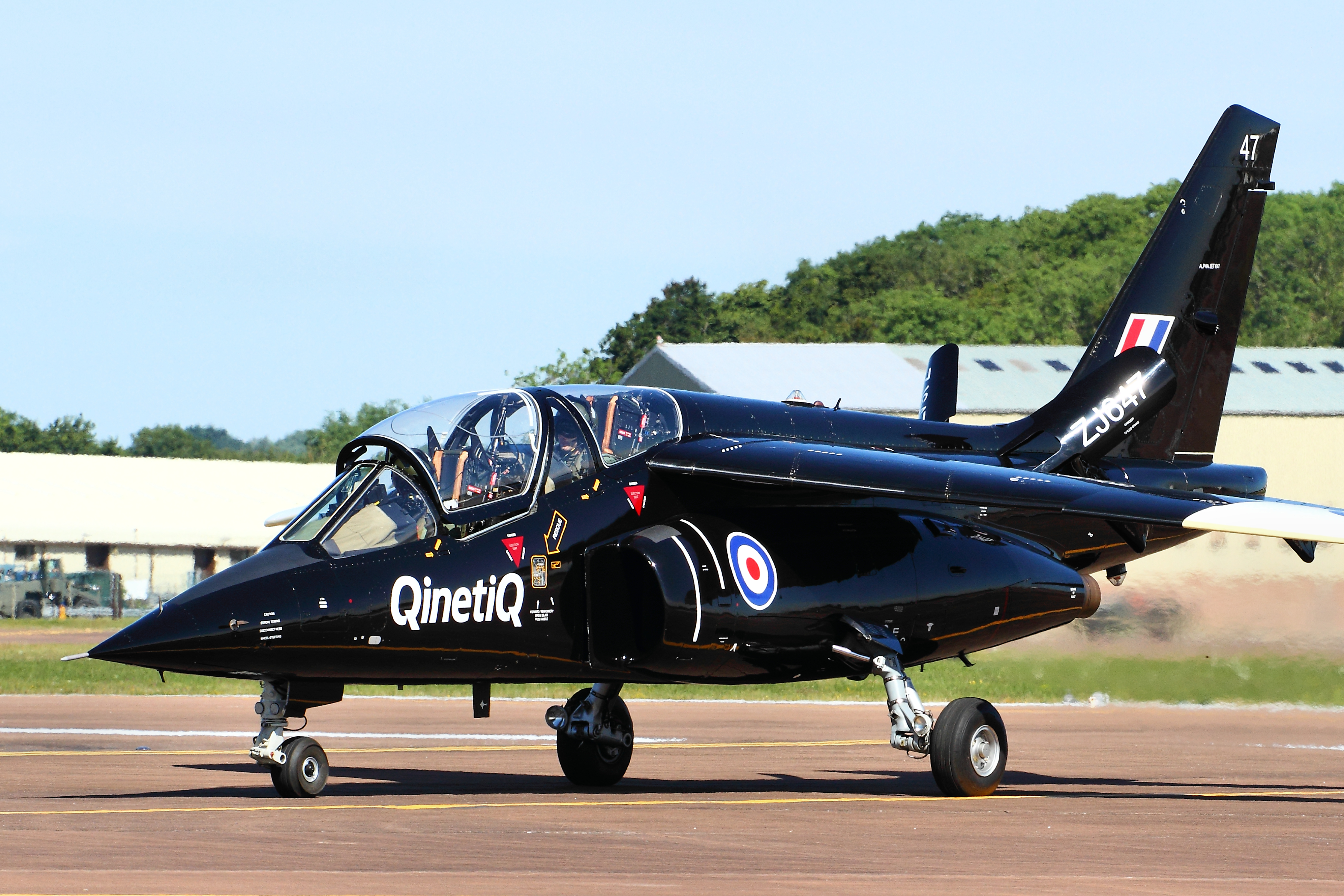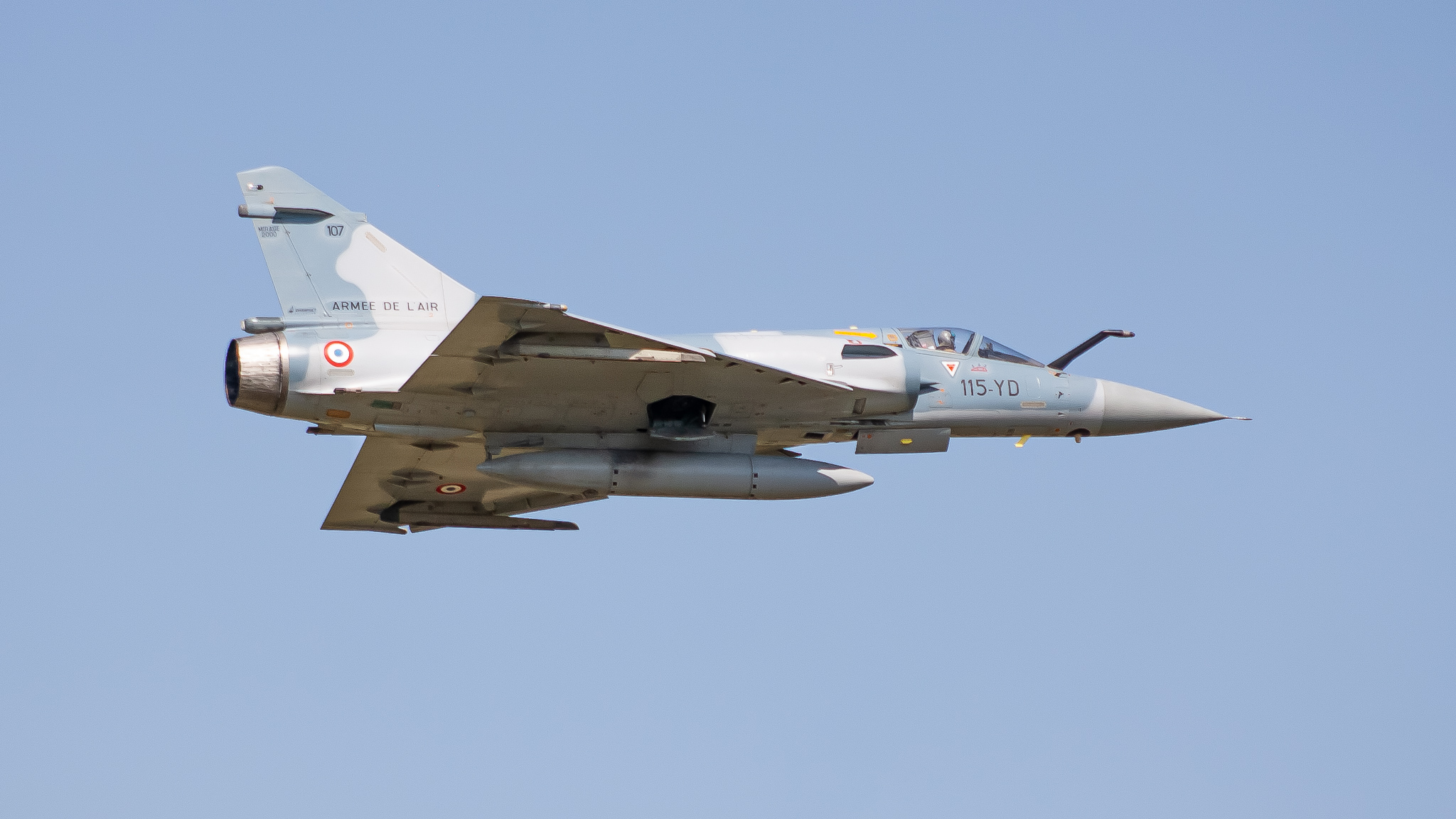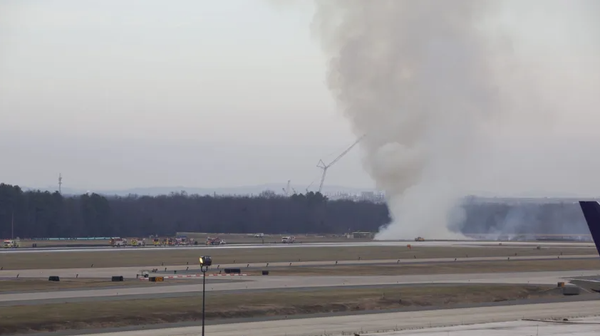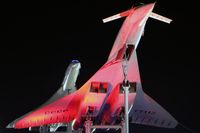Originally written by Edward Carr for Jetstream Magazine.
Quantum Navigation: It may sound like something out of a science fiction novel, but navigation using the principles of quantum physics is quickly becoming a reality. Positioning, Navigation, and Timing (PNT) can increase accuracy by orders of magnitude, revolutionizing navigation across the board. Self-contained Quantum Inertial Navigation Systems (Q-INS) are also impervious to jamming or spoofing by hostile actors.

Quantum Physics 101
Everything in the universe is made up of things: big things like planets and people, and small things like atoms and particles. Atoms and particles are considered quantum objects, and they follow the rules of quantum physics, which mathematically describe how they behave.
Unlike big everyday objects, quantum objects do not have a definite position before they are observed. Instead, they exist in a "cloud" of possible states, called a wave function. This wave function is analogous to a map that represents the possible places a particle could be.
Superposition is the phenomenon in which a quantum object can be in more than one place or state at the same time. It is like flipping a coin and having it both be heads and tails at the same time, until you look at it. Once you do look, the wave function "collapses," meaning the object chooses one specific place or state and stops being in all the other possibilities.
Cliffs, Clouds, and Courage: Lukla Airport Nepal, The World's Most Dangerous Airport
This strange quantum behavior is very useful. Scientists can measure minute changes in wave functions very precisely, which is why quantum technologies, like Q-INS, are incredibly accurate when it comes to tracking time and movement.
The UK Participants
The UK subsidiary of Quantum technology firm Infleqtion is collaborating with aerospace company BAE Systems and defense tech contractor QinetiQ to create a quantum navigation system.
Infleqtion’s Tiqker optical atomic clock uses the frequency of light emitted or absorbed by atoms as they change energy levels to measure time with incredible precision. The ultra-cold-atom-based quantum system can calculate position based on measurements of inertial forces acting on atoms held in quantum superposition states.
The clocks provide the timing needed for high accuracy and reliability. The accelerometers and gyroscopes of the quantum positioning systems offer independent verification of position and motion. Together, they are the Quantum Inertial Navigation System, or Q-INS.

In-Flight Trials
In concert with the UK Ministry of Defense, the consortium of advanced researchers and industry participants completed commercial flight trials this month. The final test flight occurred on Thursday, May 9, at Boscombe Down, Wiltshire, in QinetiQ’s Airborne Technology Demonstrator, a modified RJ100. Science Minister Andrew Griffith flew aboard the final flight.
These were the first ever test flights of the ground-breaking technology to have been publicly acknowledged. They result from a £8 million investment from the British government, part of the £2.5 billion National Quantum Strategy and the National Quantum Technologies Program. The ultimate goal is to deploy Q-INS in aircraft by 2030.
One Size Too Small: What Happened to the Airbus A318?
“The fact that this technology has flown for the first time in British skies is further proof of the UK as one of the world leaders on quantum,” declared Science Minister Griffith.
Defense Advantage
When INS was developed and implemented in the late 60s and 70s, a key feature was its ability to function without needing external communication. INS relies entirely on onboard components to sense any movement of the airplane — its inertia — from the first movement on the ground. It calculates the aircraft’s position at any point on its journey relative to that starting point. Since INS is entirely independent of anything outside the airplane, the system is resilient in the face of communication disruptions caused by potential disasters below, such as weather, earthquakes, or war destruction.
Though still rare, GPS jamming or interference is a growing concern. The recent solar storms raised concerns over the potential degradation of GPS satellite signals. More ominously, the alleged recent launch of Russian anti-satellite (ASAT) weaponry makes it a defensive imperative to reduce reliance on a newly vulnerable GPS constellation.
New Frontiers
Q-INS makes ultra-precise navigation available to places where GNSS and GPS cannot reach. Submarines can employ Q-INS, for example. Underground applications include research and exploration, such as locating water, oil, or mineral deposits. Space navigation can also be enhanced by quantum-based dead reckoning, where GNSS and GPS do not function. The fantastic precision of PNT systems will also contribute to much more accurate pathways for self-driving vehicles.
Supersonic Secrets: The Tupolev Tu-144 "Concordski"
One significant additional advantage for military or civil applications is the longevity of such quantum systems. Whereas classical INS requires recalibration every few months, Q-INS may be able to go years between corrections. Over the next few years, quantum navigation has the potential to revolutionize the industry through many facets, making GPS disruptions, signal jamming, and positioning errors a thing of the past. The future of navigation could very well be quantum, and it's already starting to take flight.
China Eastern Inaugurates New World's Longest Flight » Engine Failure Forces United 777 Emergency Landing, Starts Brush Fire at Dulles Airport » Making a Stopover in Dubai? Discover How to Book a Yacht and Explore the City in a New Way »
Comments (0)
Add Your Comment
SHARE
TAGS
INFORMATIONAL Jetstream Jetstream Magazine Quantum Technology Quantum INS GPSRECENTLY PUBLISHED
 Engine Failure Forces United 777 Emergency Landing, Starts Brush Fire at Dulles Airport
A United Airlines Boeing 777-200ER bound for Tokyo made a safe emergency landing at Washington Dulles International Airport (IAD) on Saturday afternoon after an engine failure shortly after takeoff ignited a brush fire near the runway. All 275 passengers and 15 crew members aboard United Flight 803 were reported uninjured.
NEWS
READ MORE »
Engine Failure Forces United 777 Emergency Landing, Starts Brush Fire at Dulles Airport
A United Airlines Boeing 777-200ER bound for Tokyo made a safe emergency landing at Washington Dulles International Airport (IAD) on Saturday afternoon after an engine failure shortly after takeoff ignited a brush fire near the runway. All 275 passengers and 15 crew members aboard United Flight 803 were reported uninjured.
NEWS
READ MORE »
 Making a Stopover in Dubai? Discover How to Book a Yacht and Explore the City in a New Way
Planning a stopover in Dubai? Learn how to book a yacht in Dubai and explore the city’s skyline, landmarks, and coastline from a private yacht.
INFORMATIONAL
READ MORE »
Making a Stopover in Dubai? Discover How to Book a Yacht and Explore the City in a New Way
Planning a stopover in Dubai? Learn how to book a yacht in Dubai and explore the city’s skyline, landmarks, and coastline from a private yacht.
INFORMATIONAL
READ MORE »
 Maiden Brazil: Virgin Australia Welcomes the Iconic Embraer E2
Known for its aging intrastate fleets and unmatched concentration of Fokker 100s, Perth Airport has been a time capsule for aviation enthusiasts. Now, Virgin Australia Regional Airlines is breaking tradition with the arrival of the cutting-edge Embraer E190-E2, ushering in a new era for Western Australian air travel.
TRIP REPORTS
READ MORE »
Maiden Brazil: Virgin Australia Welcomes the Iconic Embraer E2
Known for its aging intrastate fleets and unmatched concentration of Fokker 100s, Perth Airport has been a time capsule for aviation enthusiasts. Now, Virgin Australia Regional Airlines is breaking tradition with the arrival of the cutting-edge Embraer E190-E2, ushering in a new era for Western Australian air travel.
TRIP REPORTS
READ MORE »






